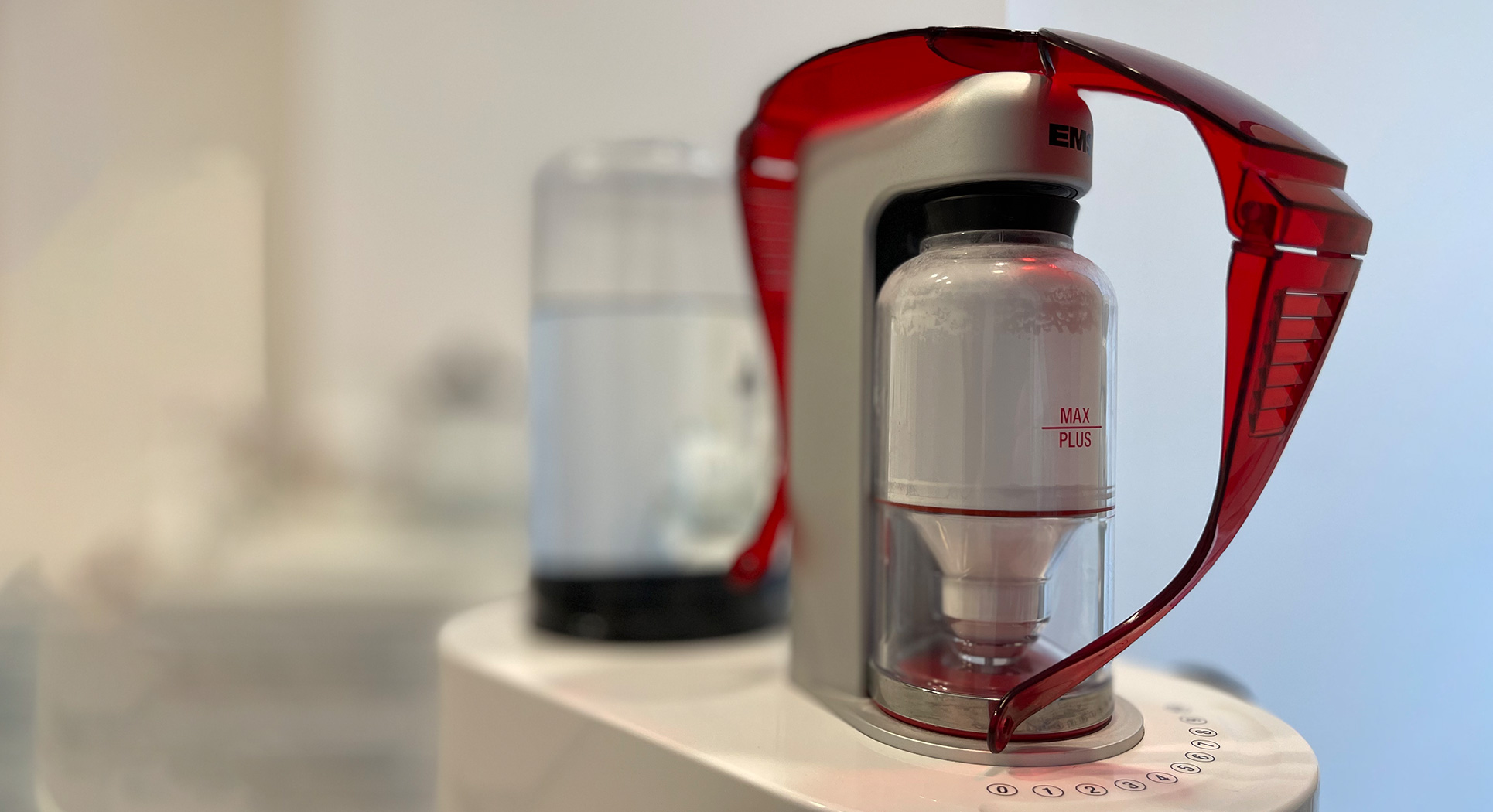Hygienization

The hygiene visit aims to diagnose, prevent, and treat diseases of the mucous membranes, periodontal tissues, and teeth. It also plays a crucial role in maintaining the effects of treatment performed in other dental specialties. An important stage of such a visit is the control and instructions for maintaining oral hygiene.
Maintaining proper oral hygiene is a key factor in preventing most diseases that affect the mouth. Thorough removal of food residues prevents the development of bacteria, which attach to the surfaces of teeth and gums, contributing to the formation of plaque and tartar – the main causes of cavities and periodontal diseases.
Following hygiene recommendations: brushing teeth daily (at least twice a day), using dental floss, an irrigator, interproximal brushes (at least once a day, especially in the evening), using mouthwash, and regular professional teeth cleaning at a dental office (at least every 6 months) are essential actions that contribute to maintaining a beautiful and healthy smile for longer.
If tooth sensitivity or bleeding and pain in the gums occurs during brushing, it is necessary to schedule a follow-up visit. A persistent, recurring bad breath is also alarming, which could be due to general health issues, but the first step is to eliminate potential causes related to the condition of the oral cavity.
Main tasks
- Securing the effects of performed dental treatment
During the visit, a preliminary diagnosis of the oral cavity's condition is made. The hygienist pays special attention to areas where previous implantological, conservative, prosthetic, or orthodontic treatments were performed. During the examination, the teeth are checked for cavities, either carious or non-carious. The hygienist will then check the condition of the gums, measure the depth of periodontal pockets, and check for tartar, plaque, and deposits; they will also inspect the condition of prosthetic restorations such as dentures, crowns, or bridges attached to the patient's own teeth or implants.
- Removal of tartar
Using hand tools, ultrasound, and a prophylactic air scaler, the hygienist will remove plaque and tartar. An important step in this process is polishing the crown and root surfaces of the teeth.
- Fluoridation, varnishing
Fluoridation involves applying a substance with a high fluoride content to the surfaces of teeth. This procedure reduces tooth sensitivity and is crucial for caries prevention.
- Dental sealing
The chewing surfaces of premolars and molars have numerous and deep grooves, which are usually difficult to clean thoroughly. To protect these surfaces from food residues, plaque, and consequently – bacteria – the hygienist applies a liquid composite that hardens after exposure to light, filling the grooves and creating a smoother, easier-to-clean surface.
